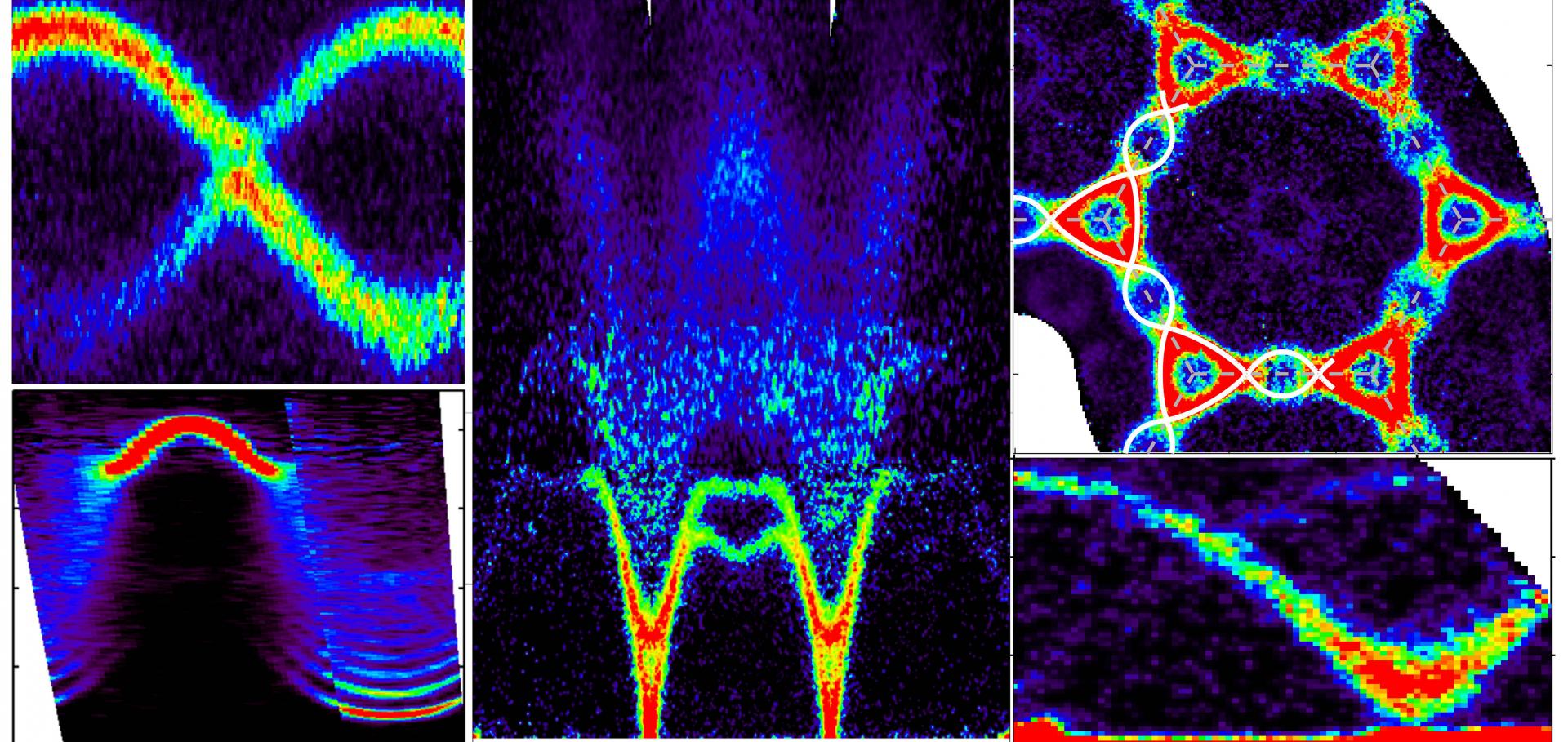Tuning the confinement potential between spinons in the Ising chain compound CoNb2O6 using longitudinal fields and quantitative determination of the microscopic Hamiltonian
Abstract:
The Ising chain realizes the fundamental paradigm of spin fractionalization, where locally flipping a spin creates two domain walls (spinons) that can separate apart at no energy cost. In a quasi-one-dimensional system, the mean-field effects of the weak three-dimensional couplings confine the spinons into a Zeeman ladder of two-spinon bound states. Here, we experimentally tune the confinement potential between spinons in the quasi-one-dimensional Ising ferromagnet CoNb2O6 by means of an applied magnetic field with a large component along the Ising direction. Using high-resolution single crystal inelastic neutron scattering, we directly observe how the spectrum evolves from the limit of very weak confinement at low field (with many closely spaced bound states with energies scaling as the field strength to the power 2/3) to very strong confinement at high field (where it consists of a magnon and a dispersive two-magnon bound state, with a linear field dependence). At intermediate fields, we explore how the higher-order bound states disappear from the spectrum as they move to higher energies and overlap with the two-particle continuum. By performing a global fit to the observed spectrum in zero field and high field applied along two orthogonal directions, combined with a quantitative parametrization of the interchain couplings, we propose a refined single-chain and interchain Hamiltonian that quantitatively reproduces the dispersions of all observed modes and their field dependence.High-energy spin waves in the spin-1 square-lattice antiferromagnet La2NiO4
Abstract:
Inelastic neutron scattering is used to study the magnetic excitations of the S=1 square-lattice antiferromagnet La2NiO4. We find that the spin waves cannot be described by a simple classical (harmonic) Heisenberg model with only nearest-neighbor interactions. The spin-wave dispersion measured along the antiferromagnetic Brillouin-zone boundary shows a minimum energy at the (1/2,0) position as is observed in some S=1/2 square-lattice antiferromagnets. Thus, our results suggest that the quantum dispersion renormalization effects or longer-range exchange interactions observed in cuprates and other S =1/2 square-lattice antiferromagnets are also present in La2NiO4. We also find that the overall intensity of the spin-wave excitations is suppressed relative to linear spin-wave theory, indicating that covalency is important. Two-magnon scattering is also observed.


